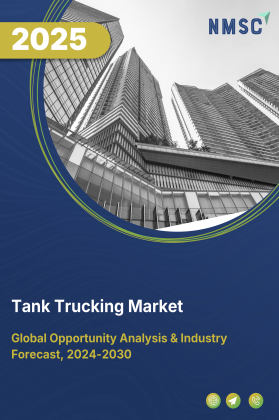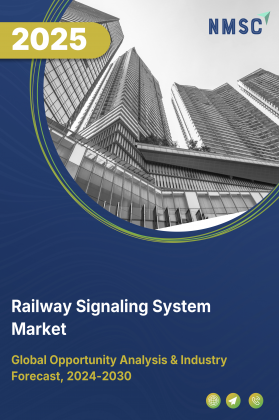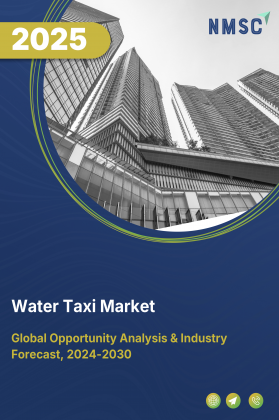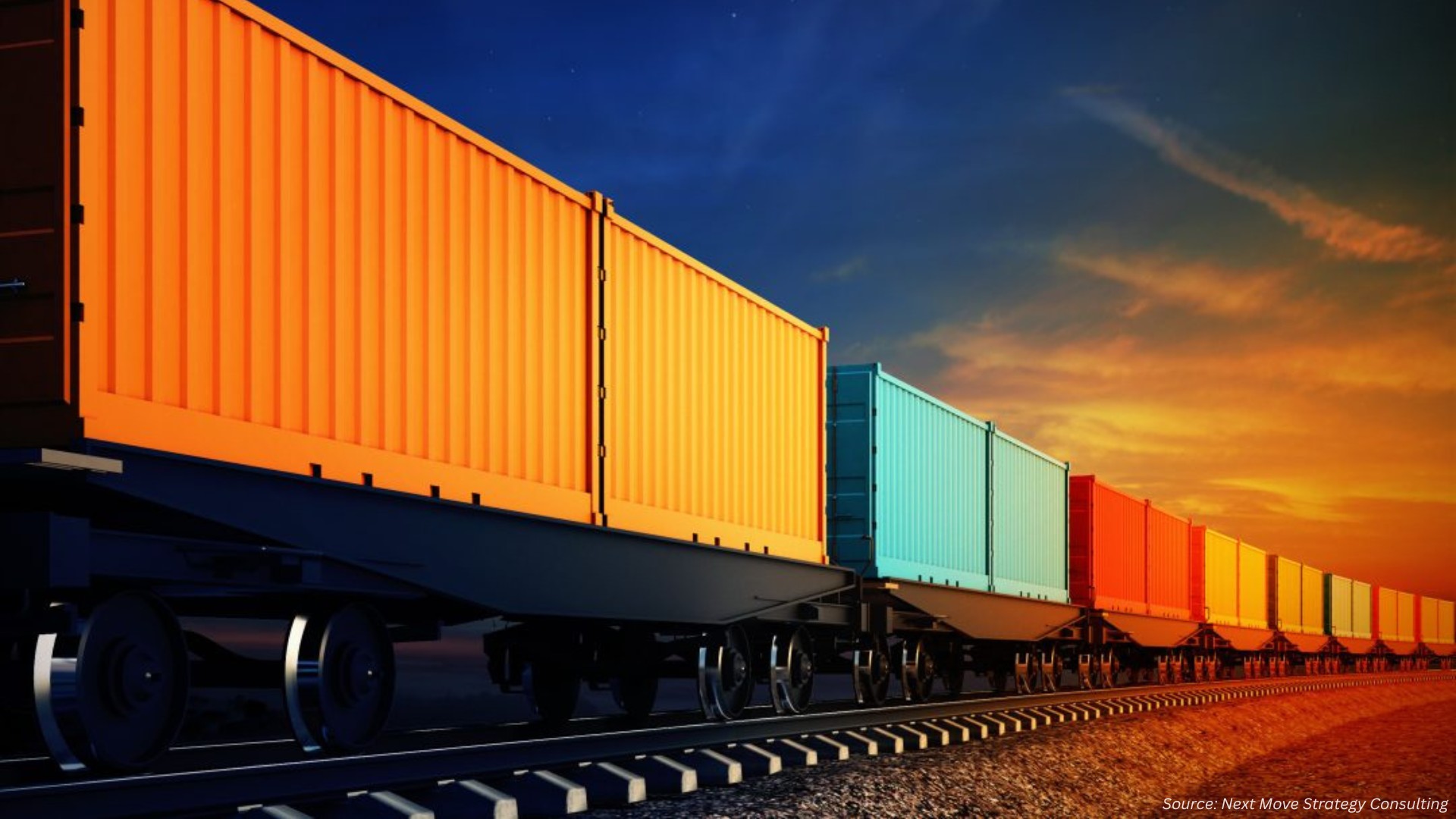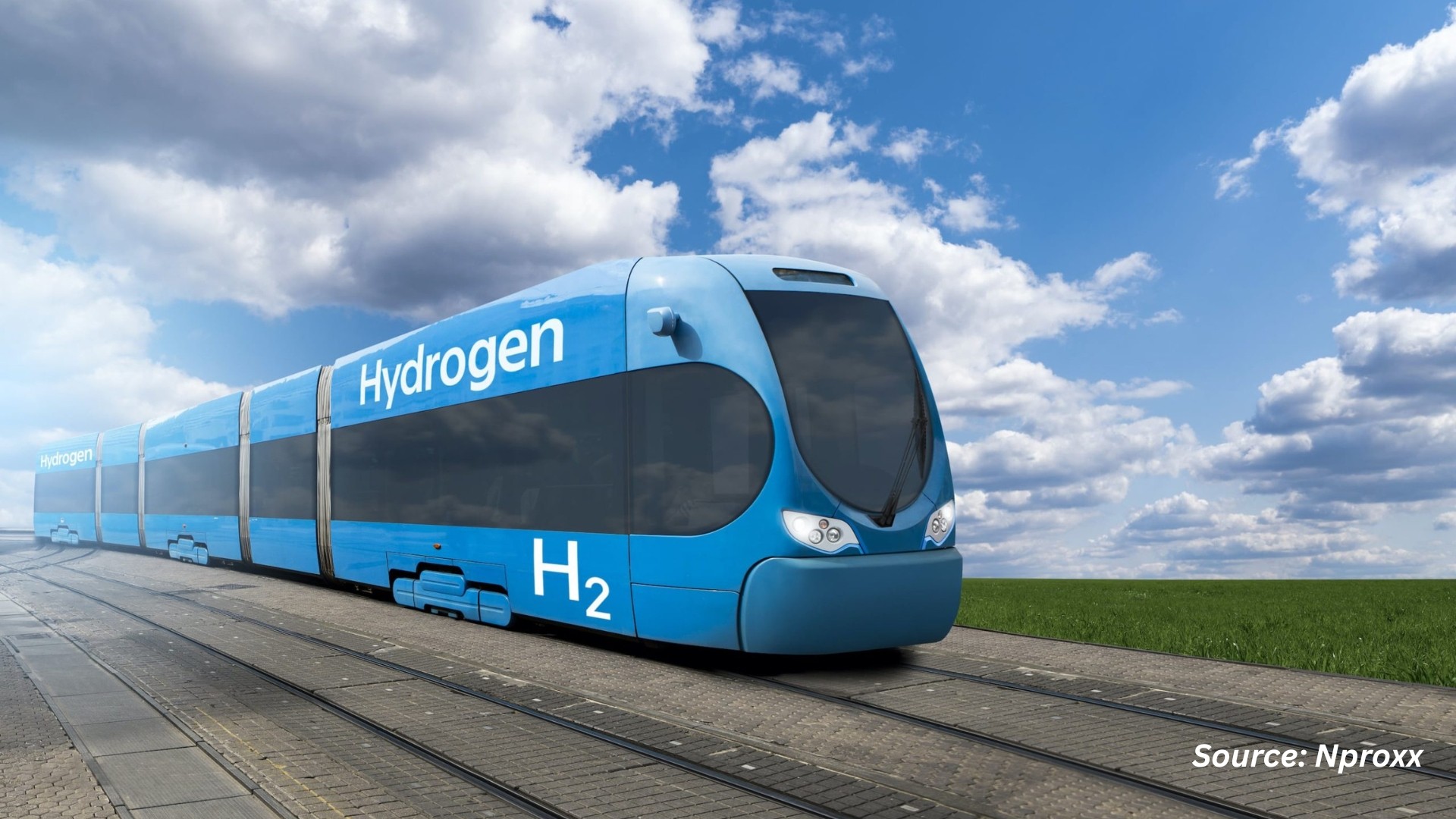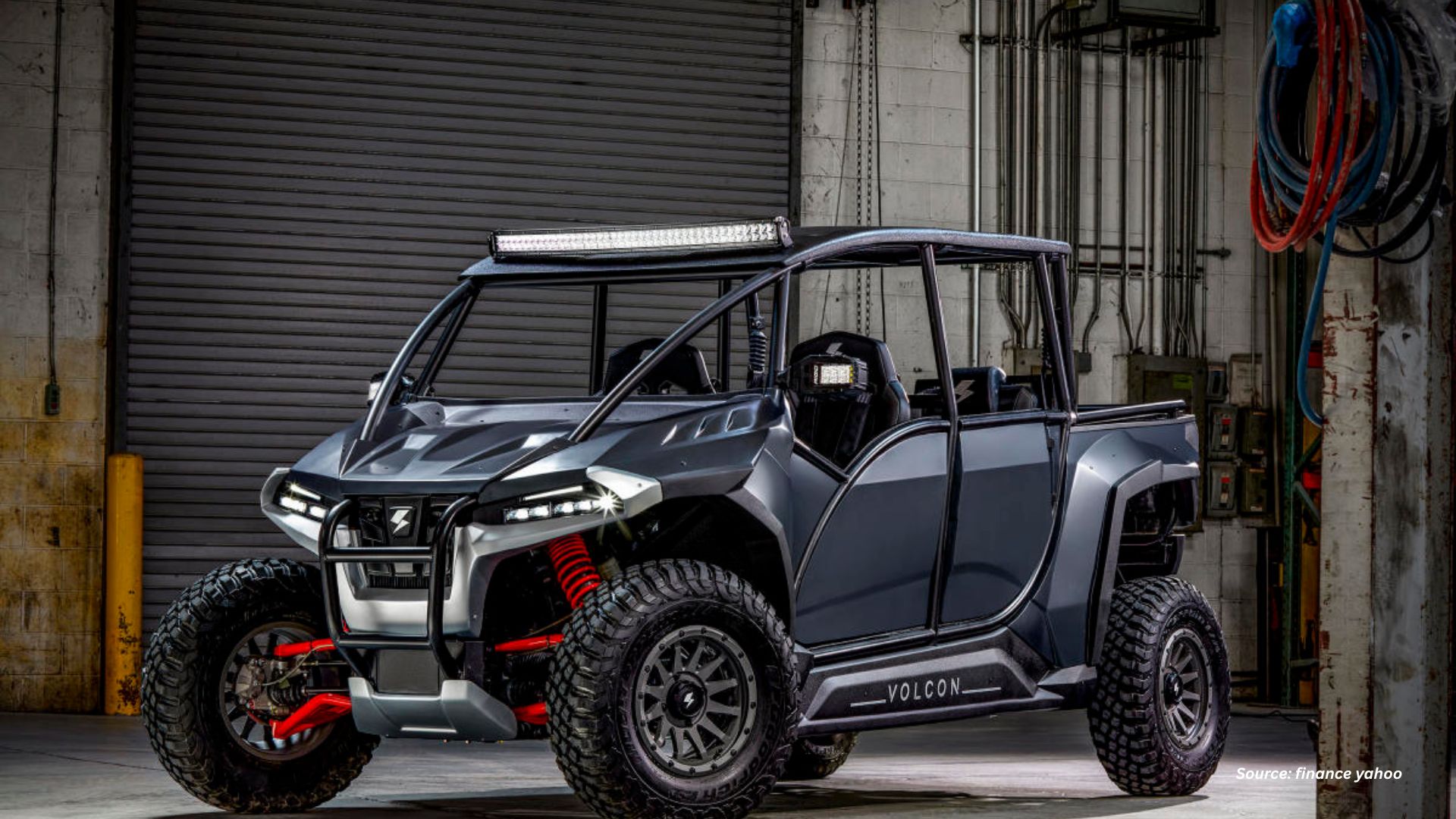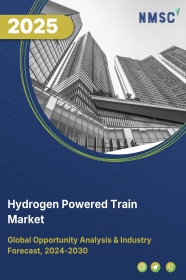
Hydrogen-Powered Train Market by Type (Hydrogen Fuel Cell Stack, Hydrogen Storage Systems, and Others), by Technology (Proton Exchange Membrane Fuel Cell, Solid Oxide Fuel Cell, Alkaline Fuel Cell, and Others), by Rail Type (Commuter Rail, Intercity Passenger Rail, and Others), by Fuel Supply Type (Onboard Hydrogen Storage, External Hydrogen Refueling Infrastructure, Hybrid), and by Grade of Automation (GoA 1, GoA 2, GoA 3, GoA 4) – Global Opportunity Analysis and Industry Forecast 2025-2030
Industry Overview
The global Hydrogen-Powered Train Market size was valued at USD 1.92 billion in 2024, and is expected to be valued at USD 2.67 billion by the end of 2025. The industry is projected to grow further, hitting USD 9.25 billion by 2030, with a CAGR of 28.2% between 2025 and 2030.
The market is witnessing robust growth, driven by global decarbonization goals and the urgent need to reduce transportation-related emissions. Countries are increasingly turning to hydrogen fuel cell trains as a sustainable alternative to diesel locomotives, especially for the over 70% of global rail lines that remain non-electrified. These trains offer operational flexibility on routes where electrification is not viable, reducing costs and deployment time while maintaining emission-free operation.
Advancements in proton exchange membrane (PEM) fuel cell technology and green hydrogen production further enhance the viability and efficiency of hydrogen trains. Notable developments, such as Alstom's Coradia iLint and CRRC’s hydrogen engine, underscore the market’s technological progress.
However, the expansion is hindered by underdeveloped hydrogen infrastructure and fragmented supply chains, requiring substantial investment and coordination. Despite these challenges, continuous innovation in PEM fuel cells and government support position hydrogen trains as a pivotal solution in the transition to a low-carbon transport future.
Global Decarbonisation Goals Accelerates Hydrogen-Powered Train Adoption
The global commitment to achieving net-zero carbon emissions is a major force driving the hydrogen-powered train market growth. With transportation accounting for a significant share of greenhouse gas emissions, rail systems particularly diesel-operated ones and are under increasing pressure to transition to greener alternatives.
Hydrogen fuel cell trains offer a clean energy solution by releasing only water vapour and heat during operation, making them ideal for emission reduction in the rail sector. Countries such as the UK, which plans to phase out diesel trains by 2040, and India, targeting carbon neutrality by 2070, are aligning national transport strategies with climate goals.
As of 2025, over 70% of global railway lines remain non-electrified, presenting a vast opportunity for hydrogen trains to fill the gap without requiring full electrification. This alignment with environmental policies and international climate agreements strengthens their role in the future of sustainable rail transport.
Operational Flexibility Across Non-Electrified Routes Enhances Hydrogen-Powered Train Industry Growth
Hydrail are gaining preference due to their ability to operate efficiently on routes where full electrification remains unfeasible. Electrifying rail networks involves high capital costs and complex engineering, particularly in remote or mountainous regions with low traffic density.
Hydrogen trains address this issue by utilizing existing diesel infrastructure, eliminating the need for overhead electric lines and extensive grid connectivity. This operational flexibility shortens deployment timelines and lowers infrastructure costs.
For example, Talgo’s Vittal One train in 2025 demonstrates the benefits of hybrid capability, operating across both electrified and non-electrified tracks. This versatility supports rapid and cost-effective rollout of clean transport across rural and regional corridors, reinforcing hydrogen’s role in expanding zero-emission mobility globally.
Advancements in Fuel Cell and Green Hydrogen Technologies Fuel Market Expansion
Technological progress in proton exchange membrane fuel cells and green hydrogen production is strengthening the adoption of hydrail. In 2024, proton exchange membrane fuel cells held 47 percent market share due to their high-power density and efficiency in passenger rail.
Green hydrogen, produced using renewable energy, is gaining attention, with China aiming for 200,000 tonnes of annual production by 2025. CRRC’s Ningdong hydrogen engine, launched in 2024, supports a 190-hour runtime, showcasing improved durability. North America is also advancing with 5G-enabled systems, projected to cover 91 percent of operations by 2028. These innovations reduce fuel costs, enhance performance, and support reliable, long-range travel.
Infrastructure Gaps and Supply Chain Limitations Hamper Market Expansion
The successful rollout of hydrogen-powered trains depends heavily on the availability of supporting infrastructure, including hydrogen production plants, storage facilities, and refuelling stations. Building such infrastructure requires significant capital expenditure and coordination across multiple stakeholders.
As seen in India’s 2024 plans to introduce hydrogen trains, setting up dedicated refuelling depots and tank storage adds complexity to implementation. In many countries, hydrogen supply chains are still at an early stage, and existing rail corridors lack the necessary infrastructure to support daily train operations.
Without strong public-private investment and long-term policy support, these infrastructure limitations may act as a bottleneck, delaying full-scale deployment and reducing the operational reliability of hydrogen rail services.
Advancements in PEM Fuel Cell Technology Offer Growth Potential for Hydrogen-Powered Train Industry
A significant opportunity for the hydrogen train market demand lies in the advancement of high-efficiency Proton Exchange Membrane (PEM) fuel cells, which are driving market growth by improving the performance, range, and cost-effectiveness of hydrogen trains.
PEM fuel cells convert hydrogen into electricity more efficiently, with energy conversion rates of 50–60%, compared to diesel engines, while producing only water as a byproduct. This technology also enables trains to achieve speeds up to 140 km/h and travel distances of 1,000 km without refueling, surpassing battery-electric trains. These improvements make hydrogen trains a viable zero-emission alternative for non-electrified rail lines, supporting global decarbonization efforts in the transportation sector.
A recent company launch supporting this opportunity is Alstom’s introduction of the Coradia iLint train in North America in 2024. The Coradia iLint, powered by advanced PEM fuel cell technology, marked a milestone as a zero-carbon emission train, building on its commercial success in Germany. This launch demonstrates the growing maturity of PEM fuel cell technology, enabling hydrogen trains for reducing greenhouse gas emissions, thus driving market expansion through enhanced technological reliability and scalability.
Market Segmentation and Scope of the Study
The hydrogen-powered train market report is segmented on the basis of component, technology, rail type, fuel supply type, grade of automation, application, end-user, and region. Based on component, the market is divided into hydrogen fuel cell stack, hydrogen storage systems, batteries, electric traction motors, power conditioning systems, and others. Based on technology, the market is segmented into proton exchange membrane fuel cell (PEMFC), solid oxide fuel cell (SOFC), alkaline fuel cell (AFC), phosphoric acid fuel cell (PAFC), molten carbonate fuel cell (MCFC), and others. Based on rail type, the market is divided into commuter rail, intercity passenger rail, light rail and trams, freight locomotives, metro and monorail, shunting locomotives, and others. Based on fuel supply type, the market is segmented into onboard hydrogen storage, external hydrogen refueling infrastructure, and hybrid. Based on grade of automation, the market is divided into GoA 1, GoA 2, GoA 3, and GoA 4. Based on application, the market is segmented into passenger trains, freight trains, and commercial vehicles. Finally, based on end-user, the market is divided into public transportation authorities, private rail operators, and industrial and freight operators. Regional analysis of the market includes North America, Europe, Asia-Pacific, and RoW, with each region evaluated across the above-mentioned segments.
Geographical Analysis
Europe is leading the hydrogen-powered train market share, driven by stringent decarbonization policies and early adoption of green technology. The EU’s Green Deal and Fit for 55 initiatives, promote zero-emission rail. Germany’s Coradia iLint, operational serves 1.1 million passengers annually, while the UK’s HydroFLEX project tests hydrogen trains to support a 2040 diesel phase-out. Spain’s Talgo Vittal One applies hydrogen to high-speed rail, and Austria and Portugal are advancing with projects like HY2RAIL and FCH2Rail, as per FCHEA.
With 25% of Europe’s trains still powered by diesel and gaps in the electrified network, there is strong demand for hydrogen solutions. Collaborative refueling hubs, such as the one in Frankfurt’s Hochst Industrie Park, are helping to enhance scalability, securing Europe’s dominant position in the market.
North America’s hydrogen-powered train industry is fueled by increasing investments in sustainable rail and freight decarbonization. The U.S.’s substantial disposable income of USD 21.80 trillion supports infrastructure development, while Canada’s 12 million 5G consumers in 2024 help enable smart rail systems, according to 5G Americas. Stadler’s FLIRT H2 train, scheduled for commercial service in California by 2024, and Alstom’s Coradia iLint, testing in Canada since 2024, highlight regional advancements.
The CPKC/CSX hydrogen locomotive project aims to address freight emissions, contributing to rail’s 2% share of U.S. emissions, as noted by FCHEA. Government initiatives, such as the U.S. Department of Energy’s 2050 net-zero rail goal and California’s 2045 zero-emission target, promote the adoption of hydrogen trains. These efforts, along with the expansion of 5G technology that is expected to cover 91% by 2028, position North America for steady growth, particularly in both passenger and freight applications.
Asia Pacific is the fastest-growing region for the hydrogen-powered trains market, driven by substantial railway investments and rapid urbanization. India’s Hydrogen for Heritage initiative, began trials in December 2024 and will launch the Jind-Sonipat route by July 2025. China introduced a 100-mph high-speed rail in 2024, and with 1.08 billion internet users demanding smarter transport, as noted by Spherical Insights, the region is making strides in rail innovation. Japan’s Hybari project, a collaboration between JR East, Hitachi, and Toyota, is testing hydrogen trains, as reported by IRJ.
India’s booming e-commerce sector, with projected revenues of USD 292.3 billion by 2028, is driving demand for freight services, while South Korea is advancing hydrogen-powered urban trams. Government policies, such as China’s 200,000-tonne green hydrogen target by 2025, are accelerating infrastructure development, positioning Asia Pacific as a key leader in the hydrail market.
The Rest of the World, including the Middle East, Latin America, and Africa, is an emerging market for hydrail, driven by the need for decarbonization and urban rail solutions. In the Middle East, Saudi Arabia is progressing with NEOM’s green hydrogen project, aiming for 4 million tonnes by 2030, with rail applications in sight, according to Plug Power.
In Latin America, Brazil’s freight-heavy rail system is exploring hydrogen as a diesel replacement, supported by the region’s growing renewable energy capacity. In Africa, urban centers like South Africa are showing interest in hydrogen for commuter rail, although projects are still in the early stages.
Government commitments to net-zero targets, such as the UAE’s 2050 goal, are driving pilot initiatives. Despite limited infrastructure, advancements in green hydrogen technology and freight demand are positioning these regions for future market growth in hydrogen-powered rail transport.
Key Players and their Strategies in the Global Hydrogen-Powered Train Market
Key players in the hydrogen-powered train industry, including Alstom, Siemens Mobility, Stadler Rail, and CRRC Corporation, are driving the transition to zero-emission rail through strategic partnerships, fuel cell innovations, and regional deployments. These efforts align with the global push for decarbonization and are further supported by Asia Pacific's 1.08 billion internet users, which are driving demand for smarter transport solutions.
Alstom is strengthening Europe’s leadership in hydrogen-powered rails with its Coradia iLint, expanding its service in Germany in 2024. The company has also partnered with Repsol in 2024 to supply hydrogen for Spain’s Talgo Vittal One high-speed project. Siemens Mobility is focusing on Europe and North America, launching hydrogen trains for Deutsche Bahn’s Mühldorf route in 2025, powered by green electrolysis.
Stadler Rail is advancing North America’s market with its FLIRT H2 train, set for commercial service in California by 2024. The company is also testing in Canada, where 5G-enabled systems are being integrated, with coverage expected to reach 91% by 2028.
CRRC is leading the hydrogen-powered train market in Asia Pacific, deploying a 100-mph hydrail in 2024 and partnering with China’s USD 125 billion railway expansion. The company is also supporting India’s 2025 Jind-Sonipat hydrogen train launch.
In the Rest of the World, players such as Hyundai Rotem are exploring freight solutions in the Middle East and Latin America, with Saudi Arabia’s NEOM project planning hydrogen rail by 2030. These collaborations and advancements are enhancing sustainability across diverse rail applications worldwide.
Key Benefits
-
The report provides quantitative analysis and estimations of the industry from 2025 to 2030, which assists in identifying the prevailing hydrogen-powered train market opportunities.
-
The study comprises a deep dive analysis of the current and future hydrogen-powered train market trends to depict prevalent investment pockets in the sector.
-
Information related to key drivers, restraints, and opportunities and their impact on the industry is provided in the report.
-
Competitive analysis of the key players, along with their market share is provided in the report.
-
SWOT analysis and Porters Five Forces model is elaborated in the study.
-
Value chain analysis in the market study provides a clears picture of roles of stakeholders.
Hydrogen-Powered Train Market Key Segments
By Component
-
Hydrogen Fuel Cell Stack
-
Hydrogen Storage Systems
-
Batteries
-
Electric Traction Motors
-
Power Conditioning Systems
-
Others
By Technology
-
Proton Exchange Membrane Fuel Cell (PEMFC)
-
Solid Oxide Fuel Cell (SOFC)
-
Alkaline Fuel Cell (AFC)
-
Phosphoric Acid Fuel Cell (PAFC)
-
Molten Carbonate Fuel Cell (MCFC)
-
Others
By Rail Type
-
Commuter Rail
-
Intercity Passenger Rail
-
Light Rail and Trams
-
Freight Locomotives
-
Metro and Monorail
-
Shunting Locomotives
-
Others
By Fuel Supply Type
-
Onboard Hydrogen Storage
-
External Hydrogen Refueling Infrastructure
-
Hybrid
By Grade of Automation
-
GoA 1
-
GoA 2
-
GoA 3
-
GoA 4
By Application
-
Passenger Trains
-
Freight Trains
-
Commercial Vehicles
-
By End-User
-
Public Transportation Authorities
-
Private Rail Operators
-
Industrial and Freight Operators
Key Players
-
Alstom SA
-
Siemens Mobility
-
Cummins Inc.
-
Stadler, Inc.
-
Hyundai Rotem Company
-
Accelera
-
Ballard Power Systems
-
CRRC Corp Ltd
-
Hyundai Corporation
-
GreenH Electrolysis
REPORT SCOPE AND SEGMENTATION
|
Parameters |
Details |
|
Market Size in 2024 |
USD 1.92 Billion |
|
Revenue Forecast in 2030 |
USD 9.25 Billion |
|
Growth Rate |
CAGR of 28.2% from 2025 to 2030 |
|
Analysis Period |
2024–2030 |
|
Base Year Considered |
2024 |
|
Forecast Period |
2025–2030 |
|
Market Size Estimation |
Billion (USD) |
|
Growth Factors |
|
|
Countries Covered |
28 |
|
Companies Profiled |
10 |
|
Market Share |
Available for 10 companies |
|
Customization Scope |
Free customization (equivalent up to 80 working hours of analysts) after purchase. Addition or alteration to country, regional, and segment scope. |
|
Pricing and Purchase Options |
Avail customized purchase options to meet your exact research needs. |

















 Speak to Our Analyst
Speak to Our Analyst



